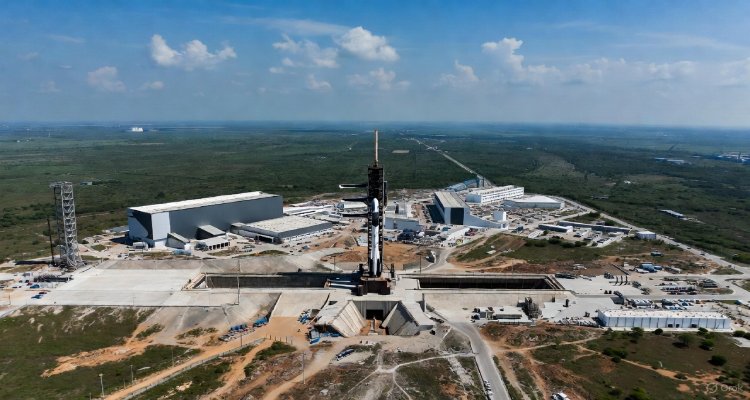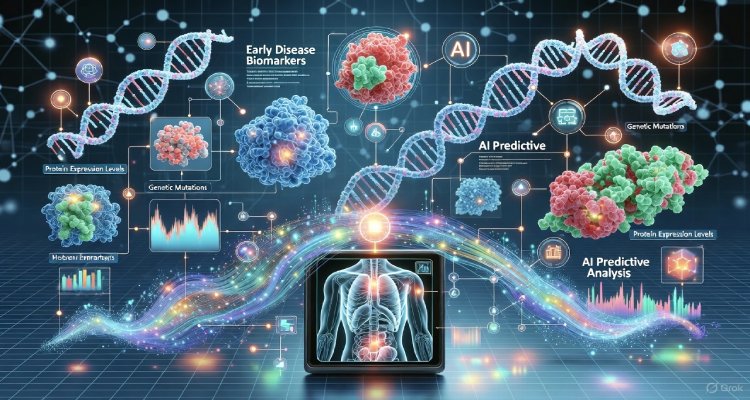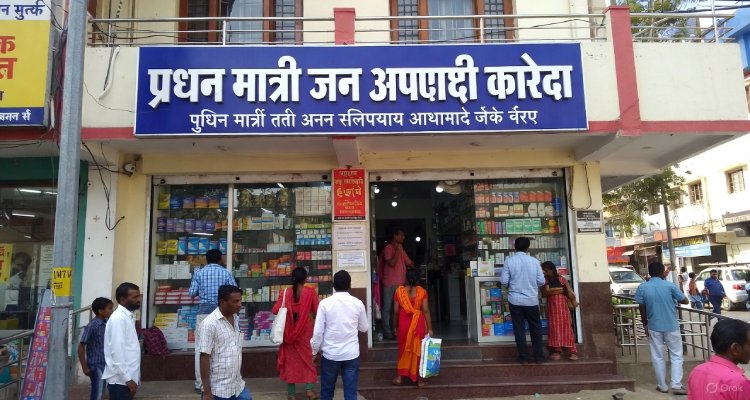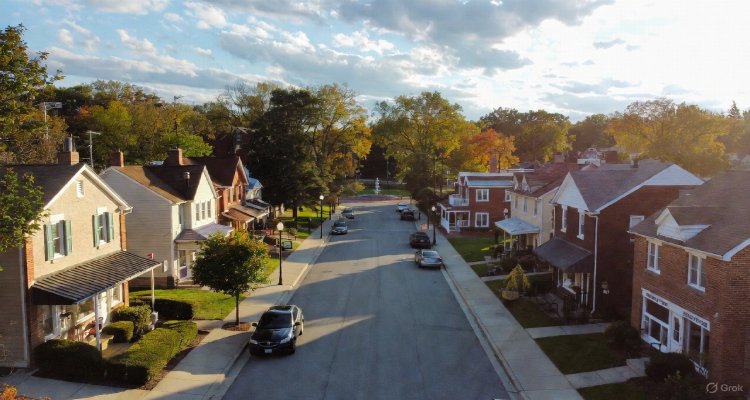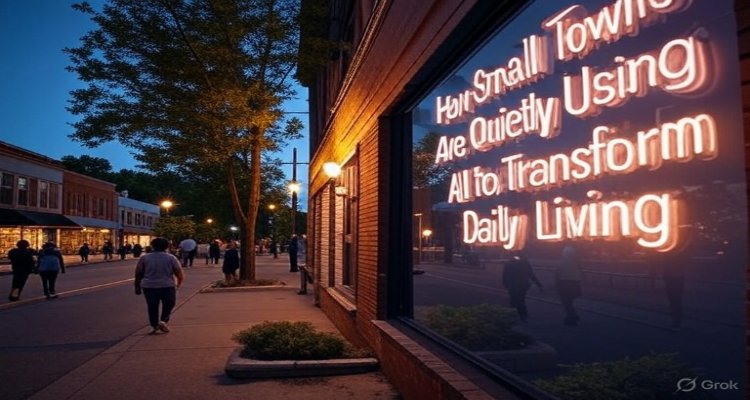How Small Towns Are Quietly Using AI to Transform Daily Living
Small towns across the US are adopting artificial intelligence in schools, healthcare, and local governance—reshaping daily life in unexpected ways.
Introduction: A Quiet Revolution in Small-Town America
On a quiet street in a rural Midwestern town, the local library now offers something surprising alongside borrowed books: an AI-powered career assistant. In another small town, traffic lights adapt in real time to keep school zones safer. These aren’t headlines from Silicon Valley or New York. They’re snapshots of how small towns across America are quietly using artificial intelligence to transform daily living—making communities smarter, safer, and more connected.
Context & Background: Beyond Big-City Tech Hubs
For years, AI has been associated with high-tech corridors—San Francisco startups, Boston’s biotech labs, or Wall Street’s trading algorithms. Yet the perception that AI is limited to large cities is shifting. Thanks to falling costs of technology, accessible cloud-based AI services, and federal grants aimed at digital infrastructure, small towns are increasingly finding ways to integrate AI into everyday governance and services.
From predictive analytics in local policing to AI chatbots answering city hall inquiries, rural and semi-rural communities are embracing technology not to chase trends but to solve practical problems often overlooked by urban-centered innovation.
Main Developments: AI in Action on Main Street
The use of AI in small towns spans multiple aspects of daily life:
- Healthcare Access: Clinics in rural regions are deploying AI diagnostic tools to help general practitioners detect early signs of conditions like heart disease and diabetes—offering preventive care where specialists are scarce.
- Education: School districts are adopting AI-driven learning platforms that customize lesson plans for students, ensuring that children in smaller communities receive the same adaptive learning support available in big-city schools.
- Local Governance: Municipalities are implementing AI chatbots for citizen services, reducing paperwork and response times for everything from building permits to pothole reporting.
- Public Safety: Police departments with limited staff are turning to AI for predictive policing, traffic monitoring, and emergency dispatch optimization.
- Agriculture: Farmers on the outskirts of small towns use AI-powered drones and soil sensors to optimize crop yield, conserve water, and reduce costs.
These developments are reshaping the rhythm of everyday life. A town clerk who once sifted through stacks of handwritten forms now manages inquiries with the help of AI software. Parents who worried about educational gaps for their children now see tailored learning plans emerge from classroom computers.
Expert Insight & Public Reaction
“AI isn’t about replacing human judgment in these towns—it’s about enhancing limited resources,” says Dr. Amanda Keller, a technology researcher specializing in rural innovation. “Small towns often face staffing shortages and budget constraints. AI gives them leverage.”
Residents, too, are noticing the shift. “I used to wait weeks for an appointment at our clinic,” says Jim Reynolds, a farmer in Iowa. “Now, with AI screenings, I get results the same day, and they tell me if I really need to see a specialist in the city. It saves time and money.”
Not everyone is convinced, however. Some community members express concern about privacy, data security, and the possibility of over-reliance on algorithms. “We want efficiency, but we also want to make sure decisions are fair and transparent,” notes Sarah Lopez, a city council member in Texas.
Impact & Implications: What’s Next for Small-Town AI?
The adoption of AI in small towns carries broader implications:
- Economic Opportunities: AI integration could attract new businesses, remote workers, and startups to towns that previously lacked tech infrastructure.
- Bridging the Digital Divide: By using AI in education and healthcare, rural areas may narrow long-standing gaps between urban and rural services.
- Ethical Challenges: With fewer local experts, oversight of AI tools could be weak, raising questions about accountability.
- Resilience: As climate change and demographic shifts pressure small towns, AI could become a crucial tool for managing resources, disaster response, and community planning.
If managed well, these quiet transformations may position small towns as unexpected leaders in AI-driven innovation—not by competing with cities, but by redefining what “smart living” looks like outside metropolitan borders.
Conclusion: The Future Is Local
AI in small towns may not make national headlines, but its impact is profound. By addressing practical needs—whether in classrooms, clinics, or community halls—artificial intelligence is weaving itself into the fabric of rural life. For residents, the changes are less about futuristic robots and more about everyday improvements: faster services, healthier communities, and stronger local economies.
As technology continues to trickle down, the lesson is clear: the future of AI isn’t just being written in Silicon Valley—it’s being lived in small-town America.
Disclaimer : This article is for informational purposes only and does not constitute professional, medical, or policy advice.



